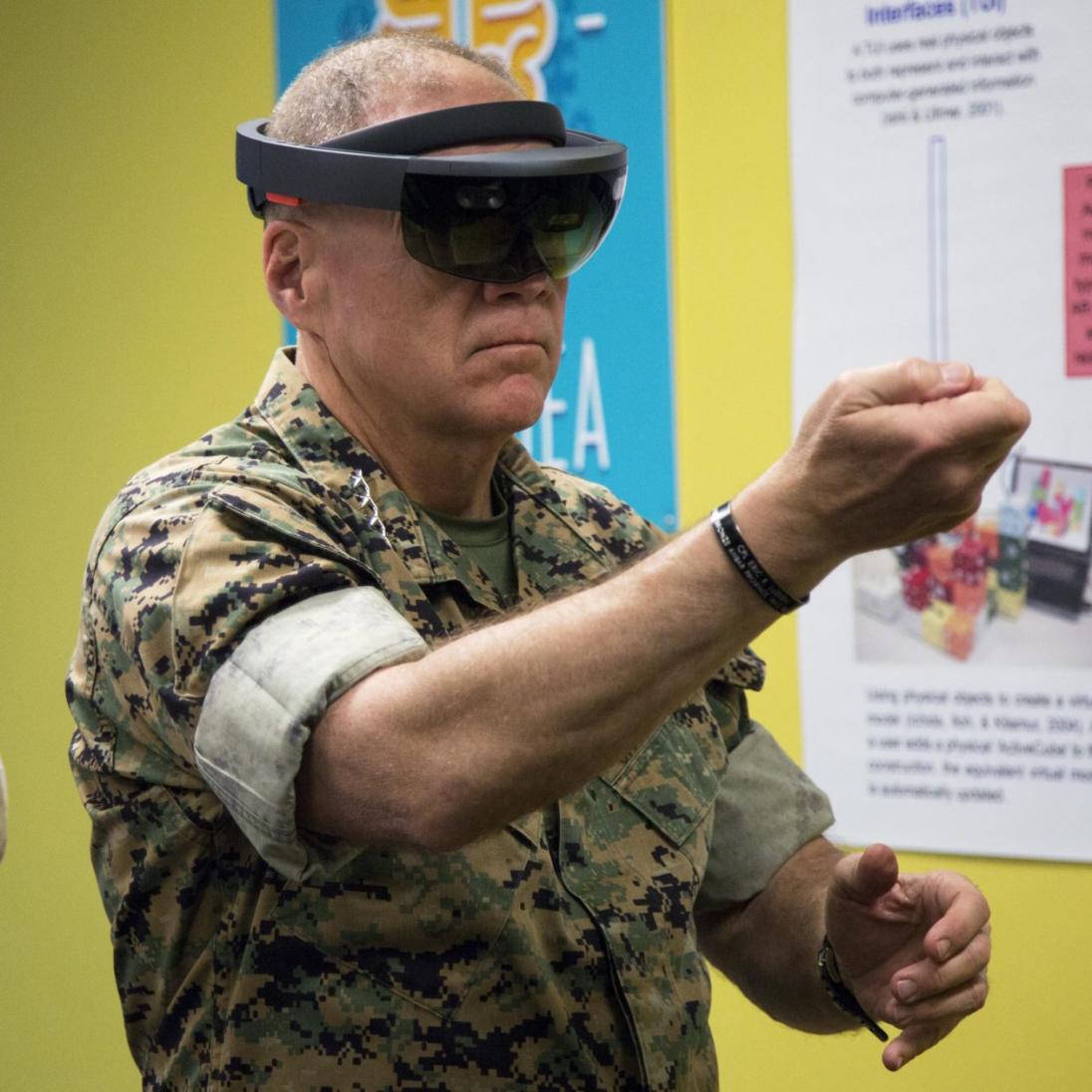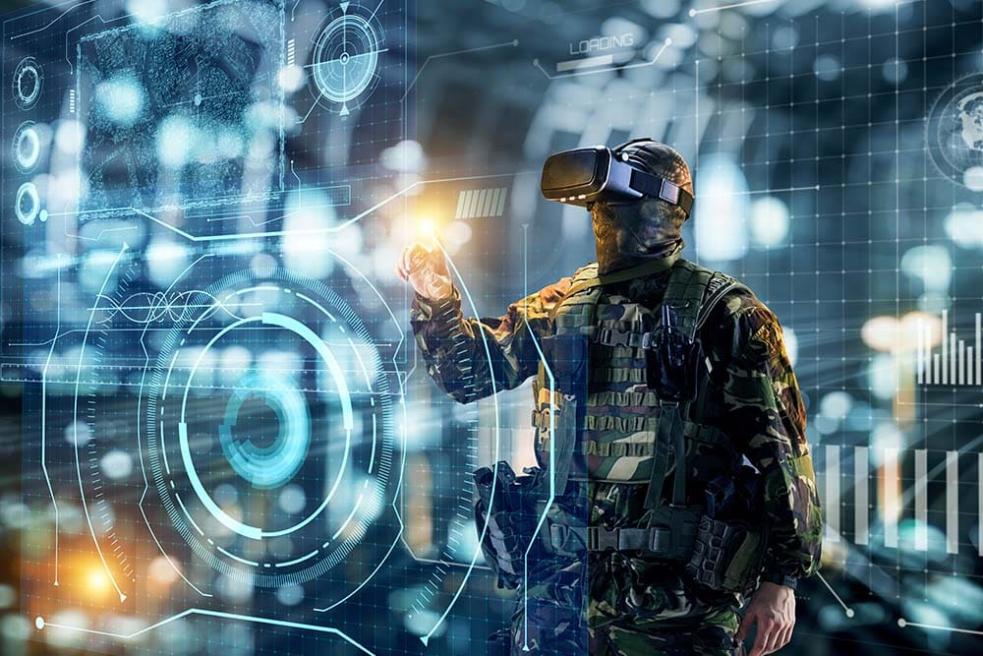How Can AI-Augmented Reality Be Used to Improve Soldier Situational Awareness?
In modern warfare, situational awareness is paramount for soldiers to make informed decisions, respond effectively to threats, and successfully complete missions. AI-Augmented Reality (AI-AR) is a cutting-edge technology that has the potential to revolutionize soldier situational awareness, providing them with real-time information, enhanced visualization, and improved decision-making capabilities.

AI-AR Technologies For Soldier Situational Awareness
AI-AR encompasses a range of technologies that leverage artificial intelligence (AI) and augmented reality (AR) to enhance soldier situational awareness. These technologies include:
- Real-Time Mapping and Navigation: AI-AR systems can provide soldiers with real-time mapping and navigation data, overlaying sensor data onto the physical environment to create a comprehensive situational picture.
- Target Identification and Tracking: AI-AR systems can identify and track enemy targets, providing soldiers with real-time updates on target location, movement, and behavior.
- Threat Assessment and Early Warning: AI-AR algorithms can analyze sensor data to detect potential threats, providing soldiers with early warning systems to alert them to incoming attacks or hazards.
Applications Of AI-AR In Soldier Situational Awareness
AI-AR technologies have a wide range of applications in soldier situational awareness, including:
Enhanced Mapping And Navigation
- AI-AR systems provide soldiers with real-time mapping and navigation data, enabling them to navigate complex terrain and urban environments more effectively.
- Integration of sensor data, such as GPS, inertial navigation systems, and thermal imaging, provides accurate positioning and route planning.
Target Identification And Tracking
- AI-AR systems use computer vision algorithms to identify and track enemy targets, reducing the risk of soldiers being caught unaware.
- Real-time updates on target location, movement, and behavior allow soldiers to make informed decisions and respond appropriately.
Threat Assessment And Early Warning
- AI-AR algorithms analyze sensor data to detect potential threats, such as enemy movement, suspicious activity, or environmental hazards.
- Early warning systems alert soldiers to incoming attacks or hazards, providing them with valuable time to react and take appropriate action.
Benefits Of AI-AR For Soldier Situational Awareness
AI-AR offers numerous benefits for soldier situational awareness, including:
Improved Decision-Making
- AI-AR provides soldiers with more information and insights, enabling them to make better decisions in real-time.
- Reduced cognitive load and improved focus on mission objectives.
Increased Survivability
- AI-AR systems can help soldiers avoid dangerous situations and respond more effectively to threats.
- Enhanced situational awareness leads to reduced casualties and increased mission success.
Enhanced Collaboration And Coordination
- AI-AR can facilitate real-time information sharing among soldiers and units, improving coordination and teamwork.
- Shared situational awareness enables soldiers to operate more effectively as a cohesive team.
Challenges And Limitations Of AI-AR

While AI-AR offers significant potential, it also faces several challenges and limitations:
Data Overload And Information Management
- AI-AR systems can generate vast amounts of data, leading to information overload for soldiers.
- Effective data management and filtering techniques are needed to ensure soldiers receive only relevant and actionable information.
Cybersecurity And Data Security
- AI-AR systems rely on data transmission and communication, increasing the risk of cyberattacks.
- Robust cybersecurity measures are essential to protect sensitive data and prevent unauthorized access.
Training And Acceptance
- Soldiers need proper training to understand and utilize AI-AR systems effectively.
- Overcoming resistance to new technology and ensuring widespread acceptance among soldiers is crucial for successful implementation.
Future Developments And Outlook
AI-AR technology is rapidly evolving, and several exciting developments are on the horizon:
Integration With Other Technologies
- Exploring the integration of AI-AR with other emerging technologies like 5G, IoT, and blockchain can enhance capabilities and interoperability.
Ethical And Legal Considerations
- Addressing ethical and legal implications of AI-AR in warfare is essential, ensuring responsible use and preventing misuse.
AI-AR For Civilian Applications
- AI-AR has potential applications in civilian fields such as emergency response, search and rescue, and disaster management.
AI-AR technology has the potential to revolutionize soldier situational awareness, providing them with enhanced information, improved decision-making capabilities, and increased survivability. While challenges remain, continued research and development in this field hold promise for the future of modern warfare.
YesNo

Leave a Reply